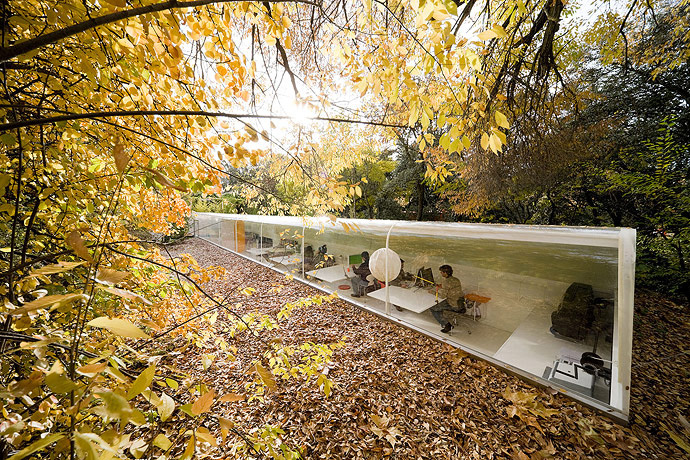As a kid, my favorite toy in the world was Legos, or more properly LEGO. From my very first space set I got for Christmas in 1980 (the Beta 1 Command Base) I was totally hooked, and LEGO dominated my wish lists for birthday and Christmas for years to follow. In college, my love for LEGO was reignited when I encountered the limited release Islander sets; as an anthropology major, these fascinated me on a more “professional” level, never mind that they weren’t exactly academic. Unlike my old Space sets which are all jumbled in a bag back at my parents’ house (my nephews love me for this), I still have my Islander sets in their original boxes. They go with me whenever I move, making my girlfriend roll her eyes when she sees them.
But that’s another matter, back to the issue at hand. I still like LEGO, and the Star Wars and Indy sets have convinced me to put a few more dollars into LEGO’s pocket. But for the past few years, I’ve been lusting after a far bigger prize: the fancy town street sets that include the Cafe Corner, Green Grocer, and Market Street. These things are awesome, and I keep telling myself I need to plunk down the cash (as an architectural historian and LEGO fan) but something keeps holding me back.
Now, however, I have learned of something so cool that it may finally push me into dropping hundreds of dollars into buying architecture LEGOs. LEGO has teamed up with the Frank Lloyd Wright Foundation to bring scale models of some of his famous buildings to LEGO fans everywhere, and I can’t tell you how awesome this is. Even if they are smallish (not exactly minifig scale), they are undeniably cool for architecture geeks like me. No word yet on price or release dates, but I can’t wait. Falling Water will be mine at last! Christmas, almost 30 years later, will once again ring with the glory of LEGO!

